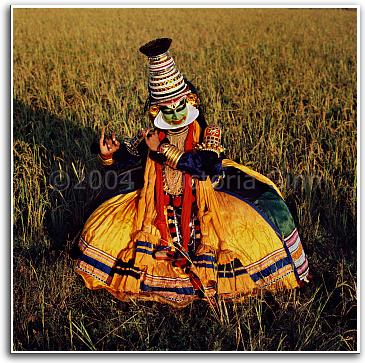|
Victoria Ginn
The Spirited Earth: Dance, Myth and Ritual from South Asia to the South Pacific
Photographs
from the exhibition are available for purchase from the photographer
as 750mm² limited edition archival prints.
|

|
|
Victoria Ginn
The Spirited Earth: Dance, Myth and Ritual from South Asia to the South Pacific
Photographs
from the exhibition are available for purchase from the photographer
as 750mm² limited edition archival prints.
|

|